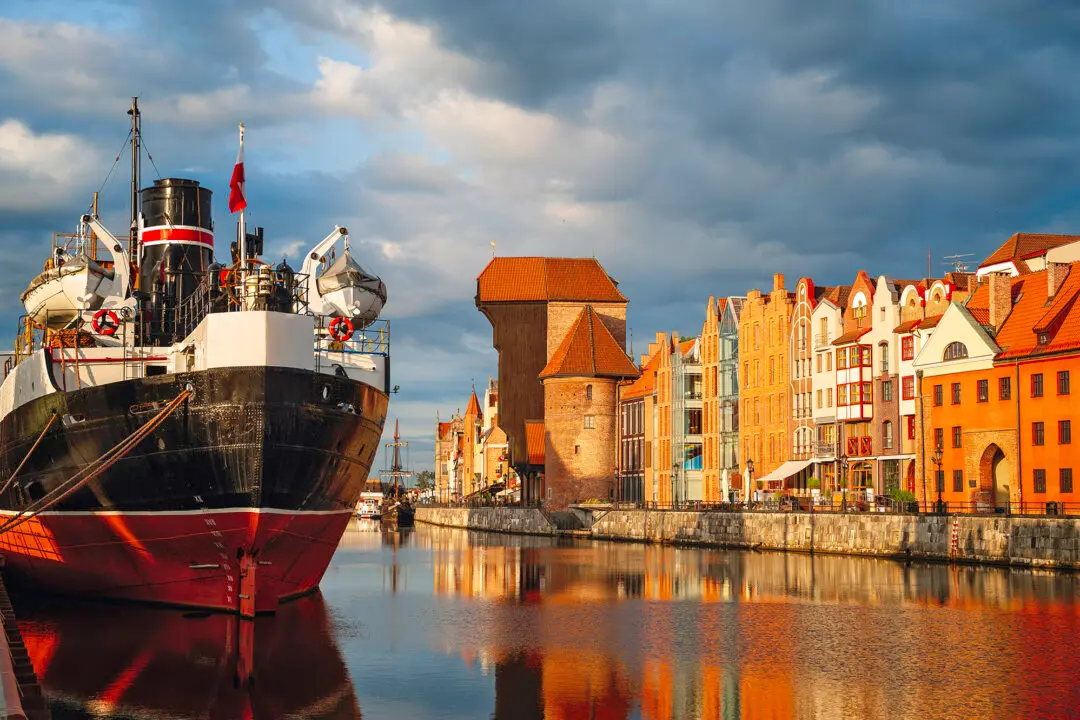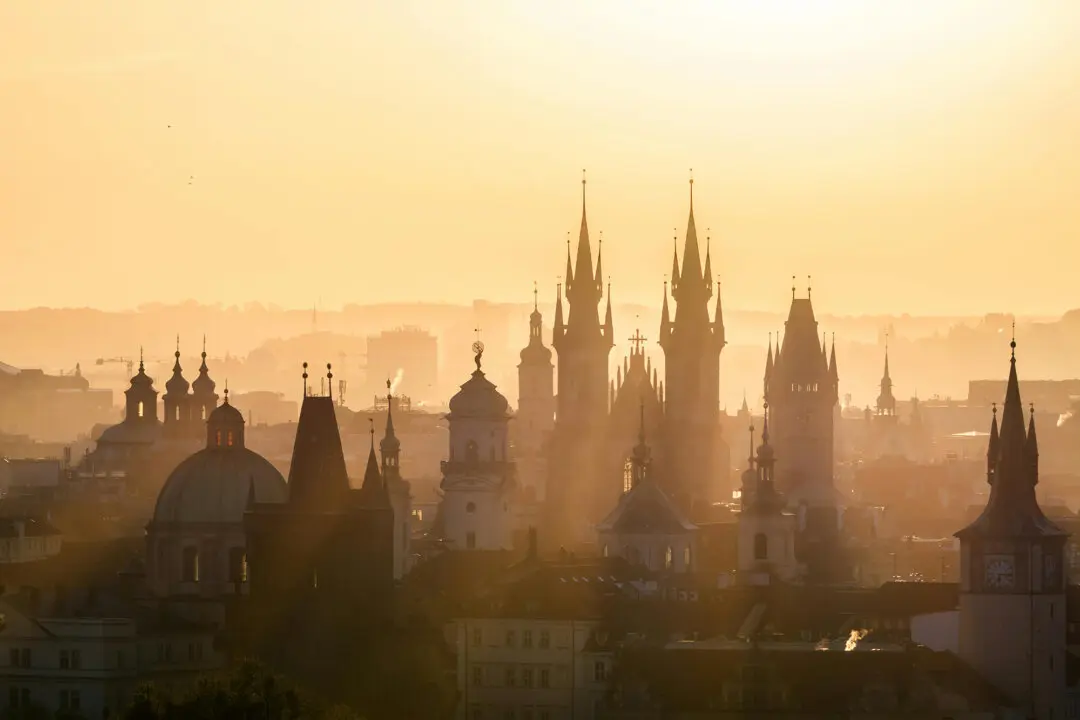Blink, and you could easily miss it. And keep your passport in your pocket; you definitely won’t need that. Driving from south to north, you’ll simply see a sign welcome you to the “French Side,” and from north to south, the “Dutch Side.”
But beyond the technicalities of division and governance, it’s undeniable that there’s a definite difference between these two sides. Yes, both are a paradise, all blue water and white-sand beaches and swaying palms. But the cultures of those two European nations—far-away, across the Atlantic—here mix together with local influences and others that came through on the trade winds, over the centuries.





